Roofing
Types Of Roofing
COMMERCIAL
A&T has installed roofs on over 200 commercial properties in the Hudson Valley region, with with general contractors, architects, and individual building owners. We also offer ongoing maintenance and inspection to keep your roof in great shape throughout its life.
SPECIALTY HOUSING
With expertise in copper, metal, slate and cedar shingle installation, A&T works with owners or architects of larger or historic homes with complex roofing requirements.

What type of material should I use?
Not sure what type of roof makes the most sense for you? We can provide a full assessment of your structures, or work with architects on new builds, that addresses the pros and cons of different materials and which options would be more durable and cost effective.

Tear off or re-roof
Which to do depends entirely on the condition of your current roof. Roofs with considerable structural damage will have big long term benefits from a tear off. Removing those problems now prevents more expensive repairs later. For roofs that still have considerable structural integrity, re-roofing is effective in terms of long term care and cost.
Roofing

EPDM
One of the most popular roofing systems, EPDM is a synthetic rubber roofing membrane known for its superior durability and cost-effectiveness. Lightweight and flexible, it can be used on a variety of roof types and is highly resistant to all sorts of weather conditions.
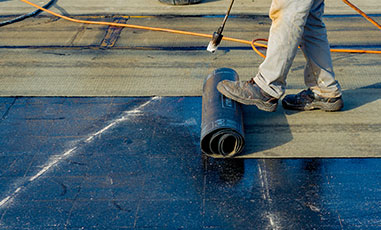
Modified Bitumen
The two most common types are SBS and APP. The use of SBS (styrene-butadiene-styrene) increases the flexibility of the membrane and allows it to have stronger expansion and contraction capabilities. APP (attactic polypropylene) increases the aging ability of the roof system. SBS is often the more popular system as the synthetic rubber additive increases the products flexibility.
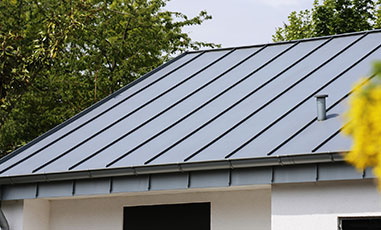
Metal
Among the longest lasting of roof products, metal roofs are lightweight and environmentally friendly, can withstand most weather conditions and are excellent at shedding water. They generally require minimal maintenance, can add to overall energy efficiency, and are one of the more attractive roofing options.
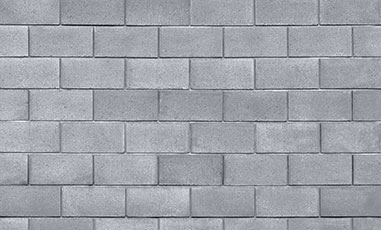
Slate
Slate roofs tiles come in both natural and composite tiles. The benefits of a composite slate roof over its natural counterpart include cost and weight, without sacrificing durability or aesthetics. Slate roofs are long lasting, impact and fire resistant, and an environmentally sustainable option.
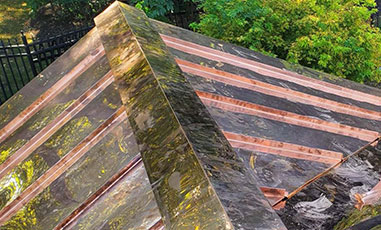
Copper
Arguably the best looking of all roofing materials, copper is incredibly durable, resistant to all weather conditions and mildew, lightweight, and energy efficient. One of the most expensive options, it also comes with considerable benefit.
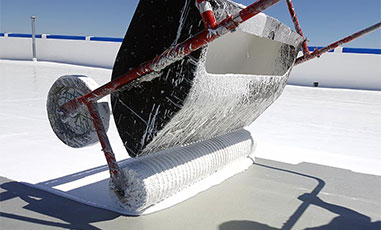
Coatings
Fluid applied to roofing membranes becoming its topmost layer of protection. When installed correctly, roof coatings can address leaking issues, although it is not suitable for standing or pooling water.
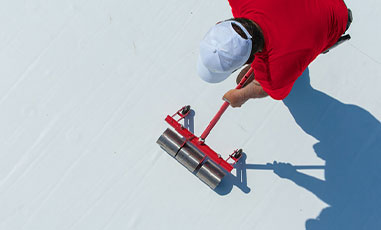
TPO
Generally a white, single-ply membrane, TPO roofing offers excellent reflective qualities and contribute to significant energy savings on properties with a lot of sun exposure. Roofs from this material last 15-20 years, although with consistent maintenance can last 30.
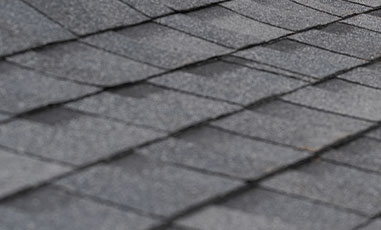
Shingles
Asphalt
Shingles come in a variety of styles and colors to suit both your aesthetics and your budget. Asphalt are the most popular shingles in the U.S. because they’re affordable to buy, install, and maintain. They are made from a sturdy fiberglass base, coated with waterproof asphalt and tiny granules of ceramic-coated mineral.

Shingles
Cedar
A more costly option, a cedar roof will increase the curb appeal of traditional-style and historic homes. As it ages, a cedar roof will age to a silvery-gray tone. Newer shingles are treated with fire retardant to address safety concerns. When installed correctly, cedar shingles can be an excellent option for high wind areas.